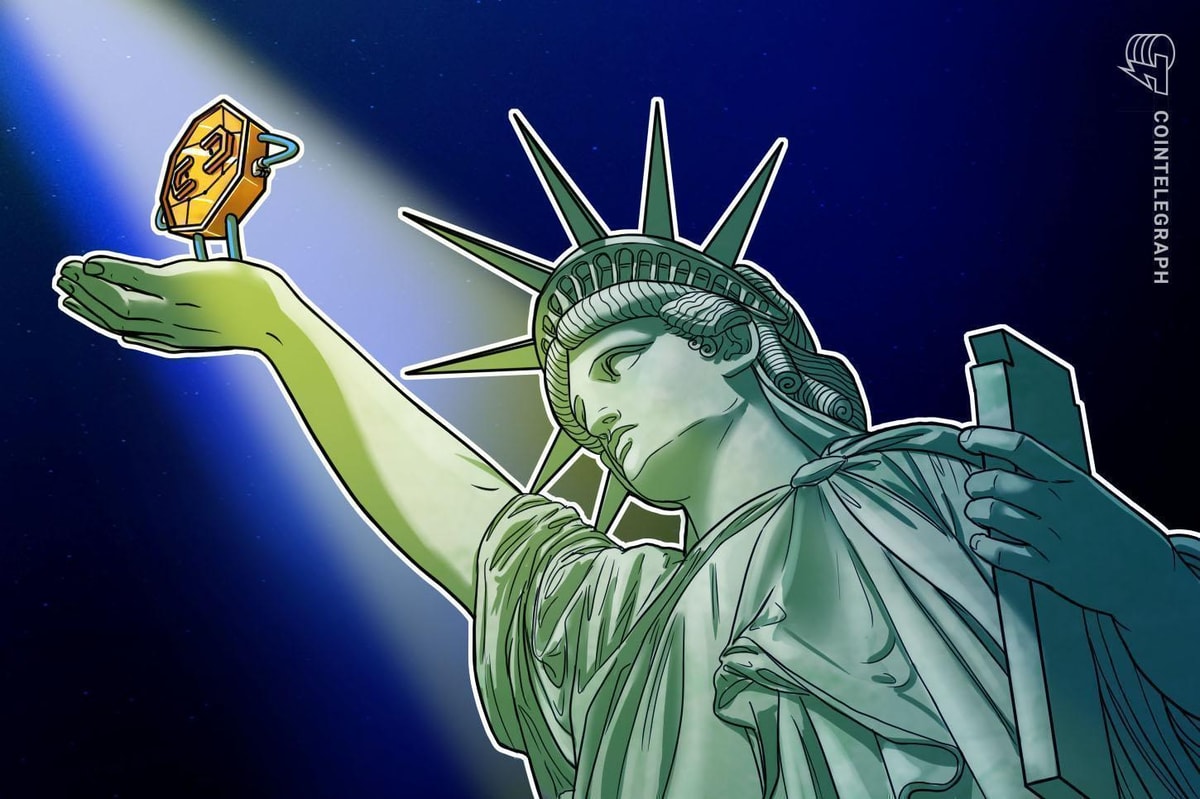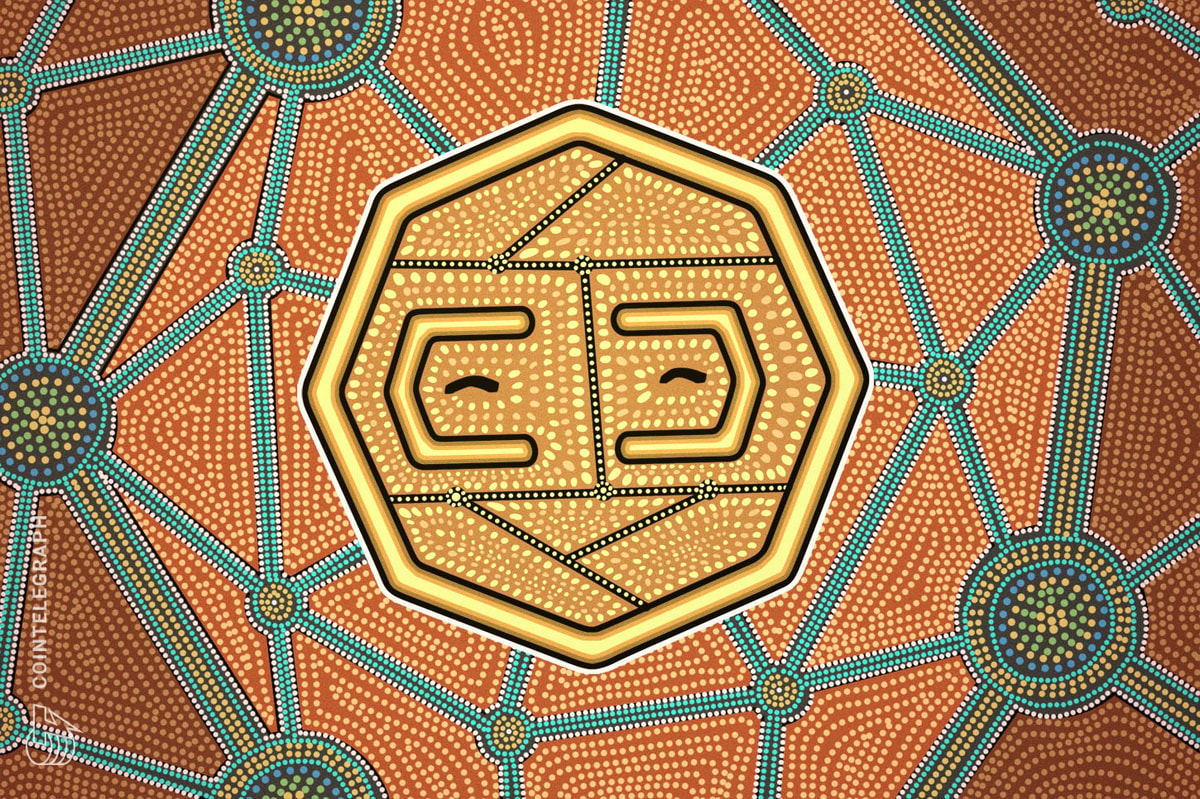Brands and creators exploring Web3 are wary of IP fraud and wash trading risks, but AI-powered technologies can detect such problems and make this emerging ecosystem safer for all participants.
Web3 is about to knock on every brand’s door. Innovations like nonfungible tokens (NFTs) offer unique benefits for creators and brands, like securing ownership on the blockchain, establishing direct connections with audiences and offering customized experiences.
Despite the unprecedented features, the reality slap can be painful. Many companies and brands that want to become early adopters of Web3 realize that this is a complex, fragmented and underregulated landscape that leaves room for intellectual property (IP) fraud and other risks.
The decentralized nature of Web3 can democratize interactions and encourage a fair economic model, but it brings issues to both established brands and new creators.
IP fraud risks hurt the NFT market
One of the most ardent problems in the Web3 space is the risk of IP fraud. In the traditional Web2 environment, brands have established legal and regulatory frameworks to protect their IP rights. Web3, however, leverages decentralized infrastructures that make IP protection more complicated. Bad actors can forge, plagiarize and assume brand identities while having the means to avoid being caught.
Consumers might end up with fake NFTs, with IP theft being one of the major concerns. These dilute brand value and create mistrust among consumers and creators. Inflated valuations or perceptions of real brands through knock-offs add to the friction, hindering the entry of some larger brands into the Web3 space.
Without the tools and capabilities to verify the authenticity of digital assets, a creator’s original work can be copied and traded without permission. With the rapid development of artificial intelligence (AI), plagiarism can be taken to a whole new level.
The decentralized nature of Web3 makes it more challenging to pursue traditional legal actions in the case of IP fraud, and the litigation process can be cumbersome and expensive, especially for individual creators or smaller brands.
Specialized tools can make the Web3 journey safer
AI may be used for deep fakes and misinformation, but the same technology can also provide the means to counteract IP theft. Some specialized platforms use image recognition, data scraping and other tools to protect IP online.
For example, bitsCrunch, an AI-powered NFT data platform, offers a specialized NFT fraud detection product. Known as UnleashNFTs, it uses AI for NFT data analysis, NFT forgery, wash trading detection and price estimation.
BitsCrunch is taking this process one step further by building a decentralized community-oriented NFT data network to enable trustless and permissionless access to data. The network will have a layered architecture with four layers: data query, data processing, data acquisition and data storage.
The platform aims to provide trust while maintaining decentralization. Network participants can contribute data and algorithms to enrich the ecosystem and protect Web3 from fraud. As the network expands and gathers more data, its value across various use cases, including fraud detection and NFT valuation, will continue to grow.
BitsCrunch hopes that by tapping into enriched and accurate data, its decentralized network will establish a new benchmark for data analysis, helping communities make informed decisions. Due to its planned multiphase progress, the network is expected to achieve full decentralization in several years.

Source: bitsCrunch
BitsCrunch co-founder and chief digital officer Saravanan Jaichandaran stated:
“As NFTs continue revolutionizing the digital space, safeguarding intellectual property rights becomes a shared responsibility. We at bitsCrunch are working on creating an NFT ecosystem with a decentralized data network where creators can flourish, collectors can invest with confidence, and the integrity of original works remains intact.”
Thanks to bitsCrunch’s AI-powered platform, brands and creators can spot fake NFTs and wash trading on the fly, which enables them to consolidate their presence in Web3. Recently, the platform revealed that the popular Coodles NFT collection uses the McDonald’s logo within an attribute called “McCoodles.” Out of 8,884 NFTs in the series, 434 of them feature the McDonald’s logo as an attribute.
As technology like bitsCrunch’s platform matures, brands and individual creators will be able to explore Web3 with confidence and honesty, facilitating the balance between decentralization and protection.
Disclaimer. Cointelegraph does not endorse any content or product on this page. While we aim at providing you with all important information that we could obtain in this sponsored article, readers should do their own research before taking any actions related to the company and carry full responsibility for their decisions, nor can this article be considered as investment advice.












